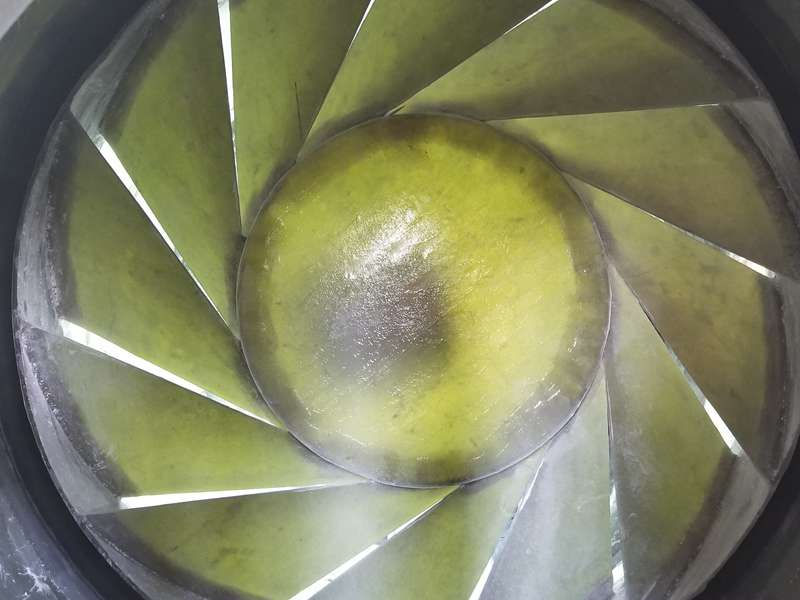
-
 Afrikaans
Afrikaans -
 Albanian
Albanian -
 Amharic
Amharic -
 Arabic
Arabic -
 Armenian
Armenian -
 Azerbaijani
Azerbaijani -
 Basque
Basque -
 Belarusian
Belarusian -
 Bengali
Bengali -
 Bosnian
Bosnian -
 Bulgarian
Bulgarian -
 Catalan
Catalan -
 Cebuano
Cebuano -
 China
China -
 China (Taiwan)
China (Taiwan) -
 Corsican
Corsican -
 Croatian
Croatian -
 Czech
Czech -
 Danish
Danish -
 Dutch
Dutch -
 English
English -
 Esperanto
Esperanto -
 Estonian
Estonian -
 Finnish
Finnish -
 French
French -
 Frisian
Frisian -
 Galician
Galician -
 Georgian
Georgian -
 German
German -
 Greek
Greek -
 Gujarati
Gujarati -
 Haitian Creole
Haitian Creole -
 hausa
hausa -
 hawaiian
hawaiian -
 Hebrew
Hebrew -
 Hindi
Hindi -
 Miao
Miao -
 Hungarian
Hungarian -
 Icelandic
Icelandic -
 igbo
igbo -
 Indonesian
Indonesian -
 irish
irish -
 Italian
Italian -
 Japanese
Japanese -
 Javanese
Javanese -
 Kannada
Kannada -
 kazakh
kazakh -
 Khmer
Khmer -
 Rwandese
Rwandese -
 Korean
Korean -
 Kurdish
Kurdish -
 Kyrgyz
Kyrgyz -
 Lao
Lao -
 Latin
Latin -
 Latvian
Latvian -
 Lithuanian
Lithuanian -
 Luxembourgish
Luxembourgish -
 Macedonian
Macedonian -
 Malgashi
Malgashi -
 Malay
Malay -
 Malayalam
Malayalam -
 Maltese
Maltese -
 Maori
Maori -
 Marathi
Marathi -
 Mongolian
Mongolian -
 Myanmar
Myanmar -
 Nepali
Nepali -
 Norwegian
Norwegian -
 Norwegian
Norwegian -
 Occitan
Occitan -
 Pashto
Pashto -
 Persian
Persian -
 Polish
Polish -
 Portuguese
Portuguese -
 Punjabi
Punjabi -
 Romanian
Romanian -
 Russian
Russian -
 Samoan
Samoan -
 Scottish Gaelic
Scottish Gaelic -
 Serbian
Serbian -
 Sesotho
Sesotho -
 Shona
Shona -
 Sindhi
Sindhi -
 Sinhala
Sinhala -
 Slovak
Slovak -
 Slovenian
Slovenian -
 Somali
Somali -
 Spanish
Spanish -
 Sundanese
Sundanese -
 Swahili
Swahili -
 Swedish
Swedish -
 Tagalog
Tagalog -
 Tajik
Tajik -
 Tamil
Tamil -
 Tatar
Tatar -
 Telugu
Telugu -
 Thai
Thai -
 Turkish
Turkish -
 Turkmen
Turkmen -
 Ukrainian
Ukrainian -
 Urdu
Urdu -
 Uighur
Uighur -
 Uzbek
Uzbek -
 Vietnamese
Vietnamese -
 Welsh
Welsh -
 Bantu
Bantu -
 Yiddish
Yiddish -
 Yoruba
Yoruba -
 Zulu
Zulu
frp hood
The Significance of FRP Hoods in Modern Manufacturing
Fiber Reinforced Polymer (FRP) hoods have become increasingly essential in various industries, owing to their unique properties and advantages over traditional materials. As manufacturers transform their production processes and seek lightweight yet durable solutions, FRP hoods stand out as a game-changer, particularly in the automotive, aerospace, and construction sectors.
What are FRP Hoods?
FRP is a composite material composed of a polymer matrix reinforced with fibers, usually glass or carbon. This combination offers superior strength, low weight, and resistance to corrosion and environmental degradation. FRP hoods are designed to cover and protect major components in various applications, including engine compartments in vehicles, components in aircraft, and storage facilities in constructions sites.
Advantages of FRP Hoods
1. Lightweight One of the primary benefits of FRP hoods is their reduced weight compared to traditional materials like metal. This feature is particularly valuable in automotive and aerospace applications, where every pound counts towards fuel efficiency and performance. The lightweight nature of FRP contributes to better acceleration, handling, and reduced emissions.
2. Corrosion Resistance Unlike metals, FRP materials do not rust or corrode, making them ideal for challenging environments. In automotive applications, FRP hoods can withstand exposure to moisture, salts, and chemicals without significant degradation. This resistance also extends the lifespan of components, reducing maintenance costs and enhancing reliability.
3. Design Flexibility The composite manufacturing process allows for intricate designs and shapes that may be difficult to achieve with traditional materials. Engineers can create hoods with complex geometries, optimizing aerodynamics and aesthetics simultaneously. This flexibility fosters innovation in design, contributing to unique vehicle aesthetics and performance enhancements.
frp hood

4. Thermal and Acoustic Insulation FRP hoods naturally exhibit good thermal insulation properties, helping to maintain optimal engine temperatures and improve energy efficiency. Additionally, they can dampen noise, providing a quieter ride for occupants. This characteristic is particularly important in luxury vehicles and aircraft, where passenger comfort is paramount.
5. Cost-Effectiveness Although the initial investment in FRP technology may be higher than that of conventional materials, the long-term savings in maintenance, fuel efficiency, and durability make FRP hoods a cost-effective option. Lower weight leads to lower fuel consumption, and the longevity of the material reduces the need for frequent replacements.
Applications of FRP Hoods
The use of FRP hoods spans various industries. In the automotive sector, many manufacturers are adopting FRP hoods in electric vehicles (EVs) and high-performance sports cars, where weight reduction is crucial for enhancing range and performance. Manufacturers such as Tesla and Lamborghini have embraced FRP technology to pioneer design advancements while optimizing functionality.
In aerospace, FRP hoods play a crucial role in weight management and environmental resistance. Commercial and private aircraft are incorporating FRP components to improve fuel efficiency and withstand harsh flying conditions. The defense sector also utilizes FRP materials for military vehicles, ensuring robust protection without the added weight.
In the construction industry, FRP hoods are used for covering outdoor equipment, storage tanks, and electrical enclosures. Their resistance to the elements makes them ideal for housing sensitive components in exposure-prone areas, such as bridges and antennas.
Conclusion
As industries continue to evolve, the demand for innovative materials like FRP will grow. The unique properties of FRP hoods provide a range of benefits that enhance performance, durability, and design flexibility. With applications in automotive, aerospace, and construction, FRP hoods represent a significant advancement in material science, contributing to a more efficient and sustainable future. As manufacturers continue to explore the potential of FRP, we can expect to see even more exciting developments and applications emerge in the years to come.









